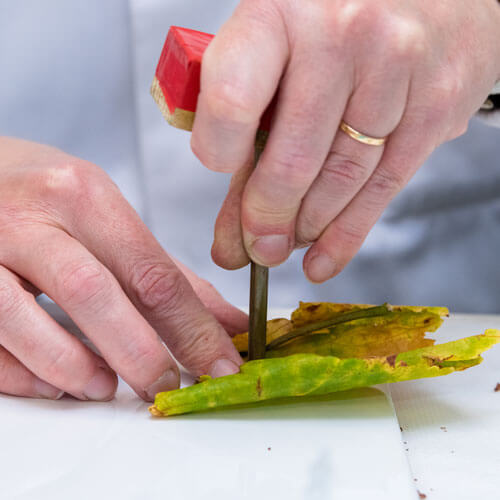Laboratory tests for banana plants and herbaceous plants
Agrivalys 71 is an analysis laboratory in Burgundy specialising in plant health. We conduct tests on herbaceous and banana plants etc.
Our laboratory tests samples coming from banana plants and herbaceous plants to check for pathogen agents causing disease in those plants.
Detecting viral antigens from samples of plant origin.
DNA polymerase amplification (specific region of a nucleic acid) to detect it and study it.
Our laboratory diagnoses pathologies in banana and other herbaceous plants caused by the BBrMV or CMV viruses.
Banana Bract Mosaic Virus, BBrMV, belongs to the Potyvirus genus. It is transmitted through aphids and colonises the plant from the point of penetration, going through the roots and the main meristem, rapidly becoming systemic. Transmission occurs from infected plant material. This is a regulated disease subject to mandatory measures to control it.
Symptoms :Cucumber Mosaic Virus is a pathogen phytovirus from the Cucumovirus group belonging to the Bromoviridae family.
The virus is capable of growing in a great many host plants, both cultivated and wild. It is transmitted through several species of aphids.
Symptoms :A plant infected by this virus remains a carrier until it dies.
Method : ELISA





